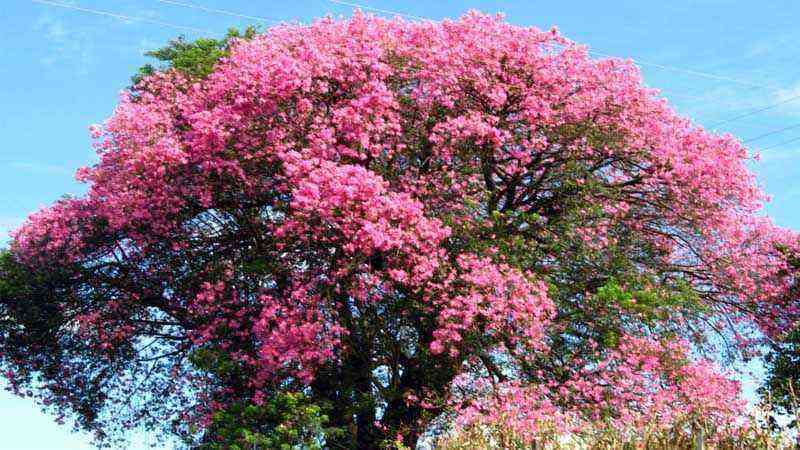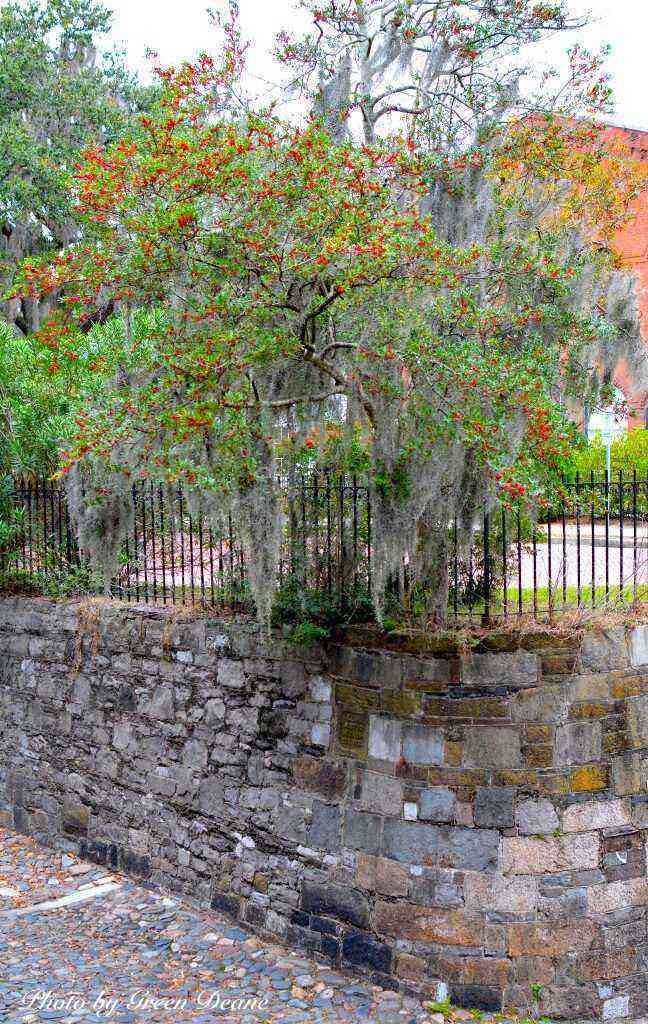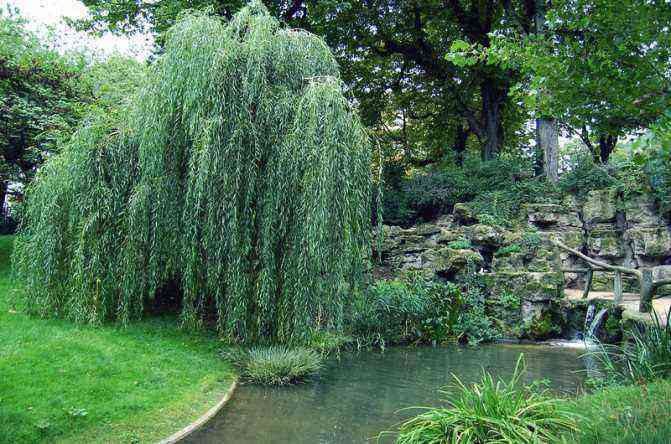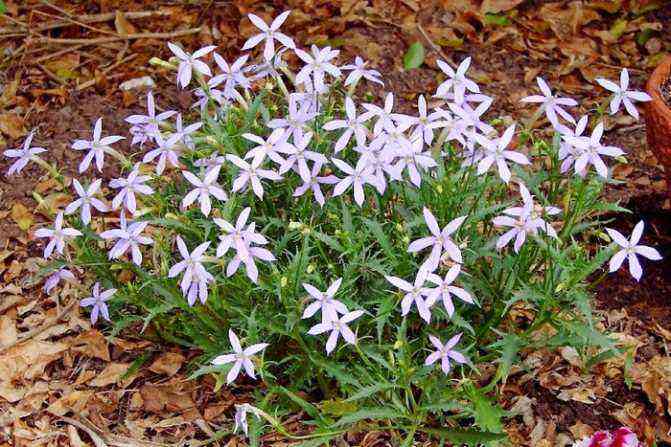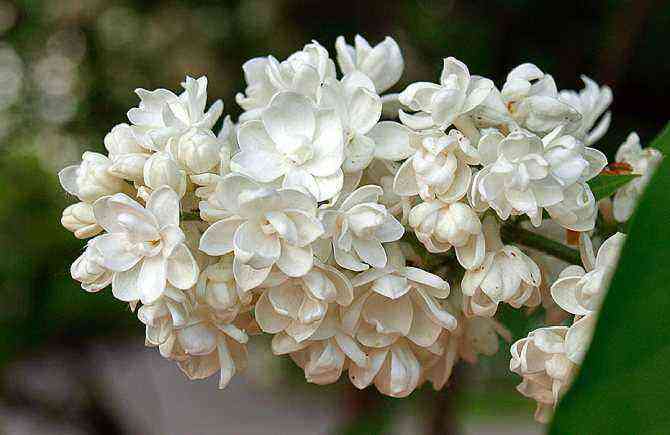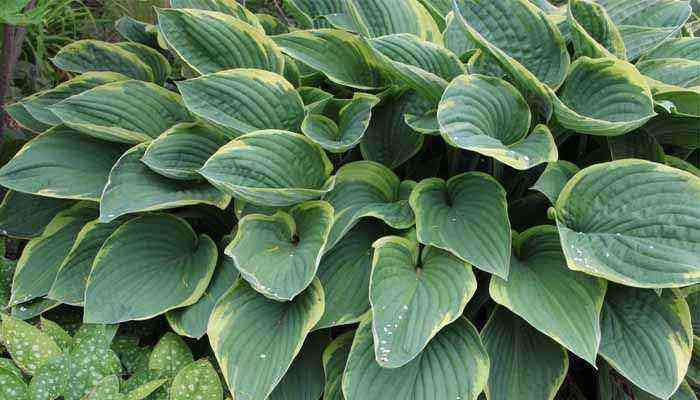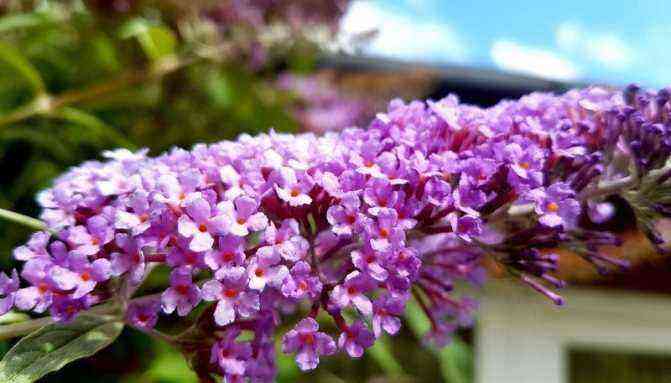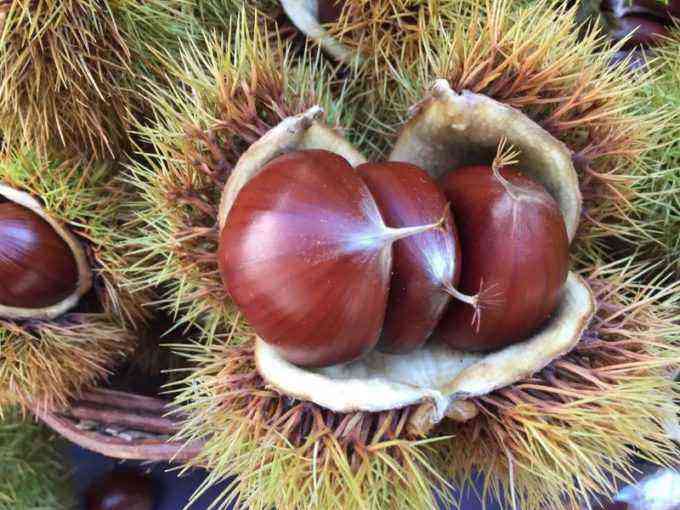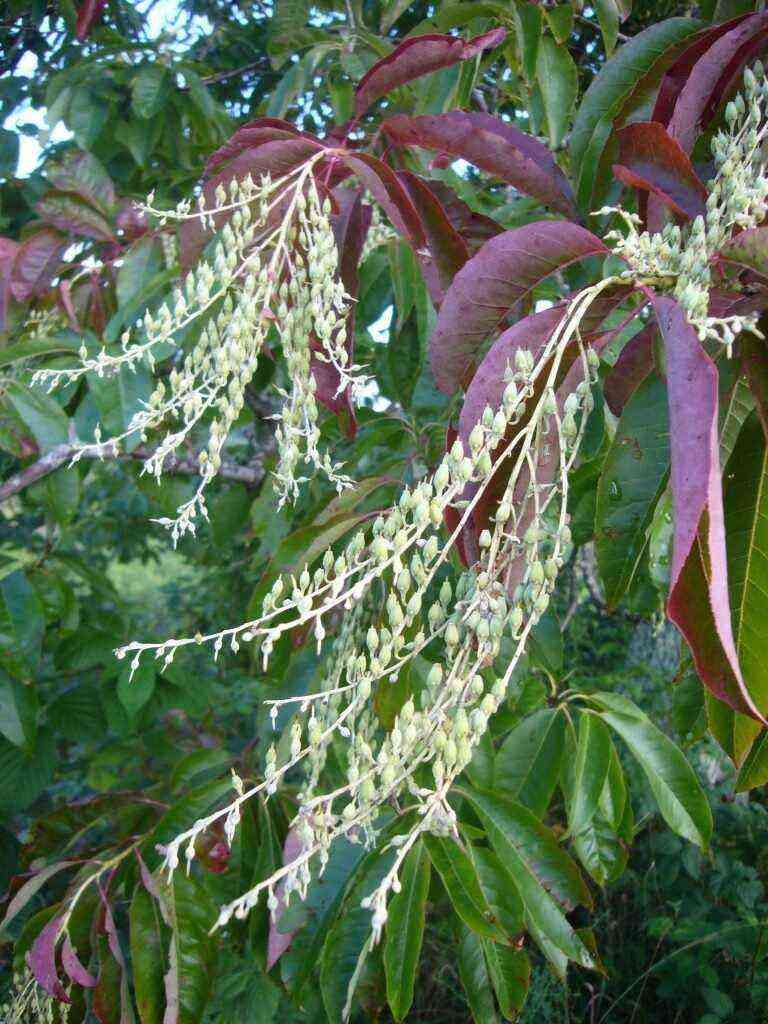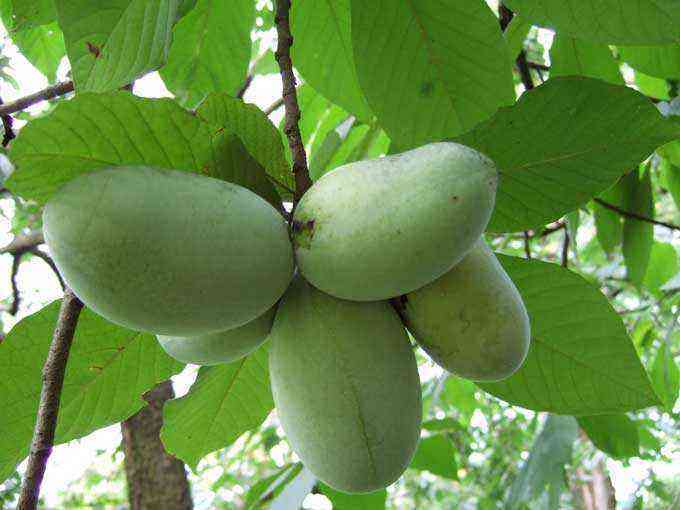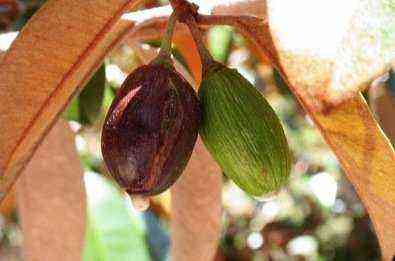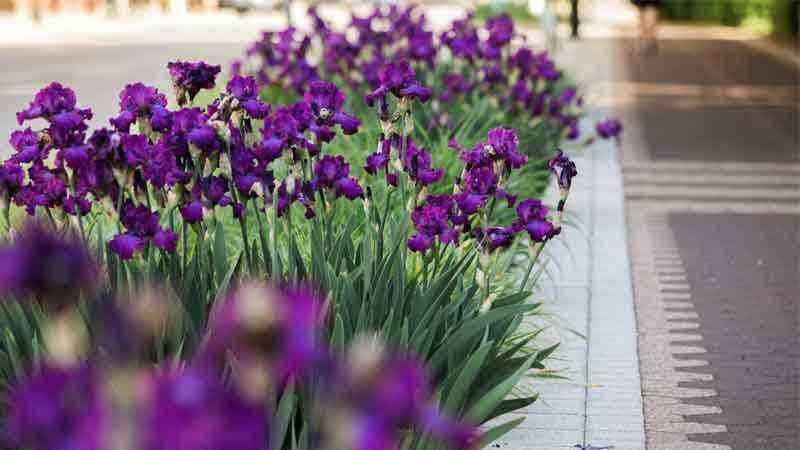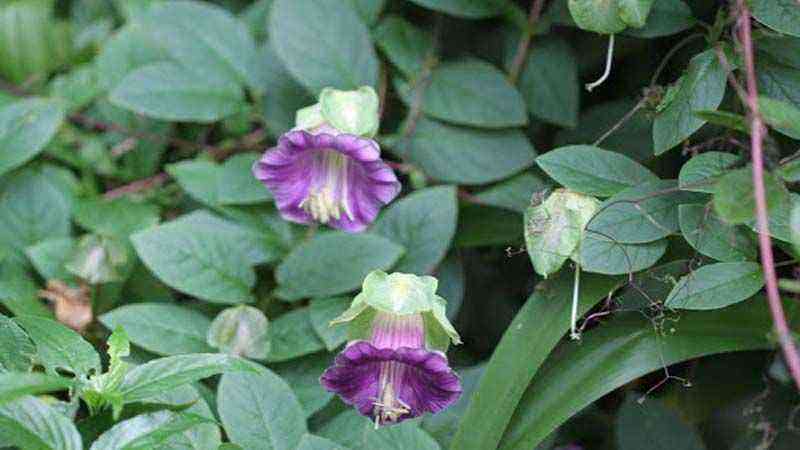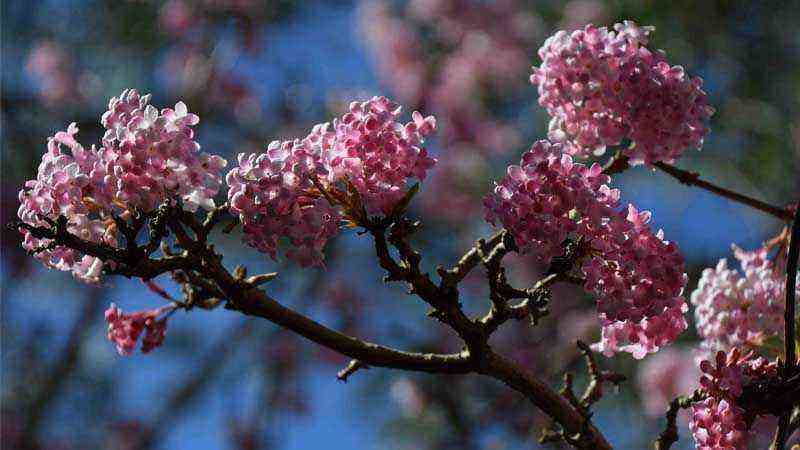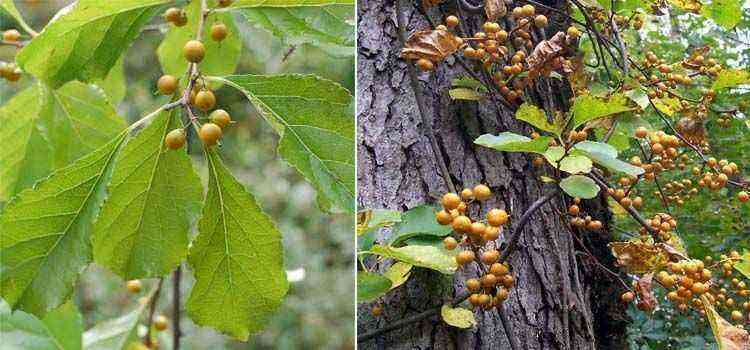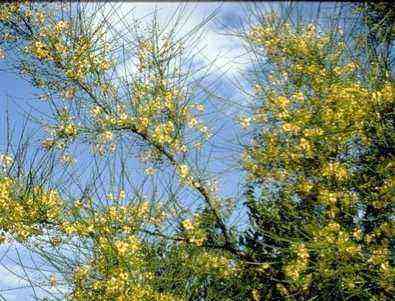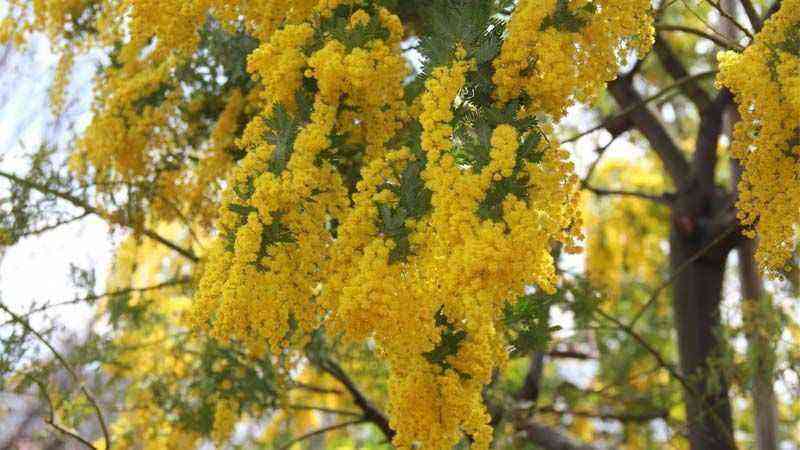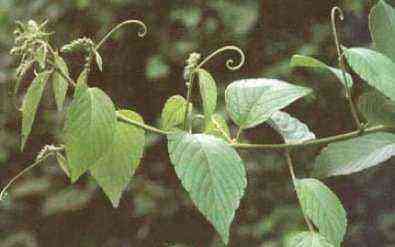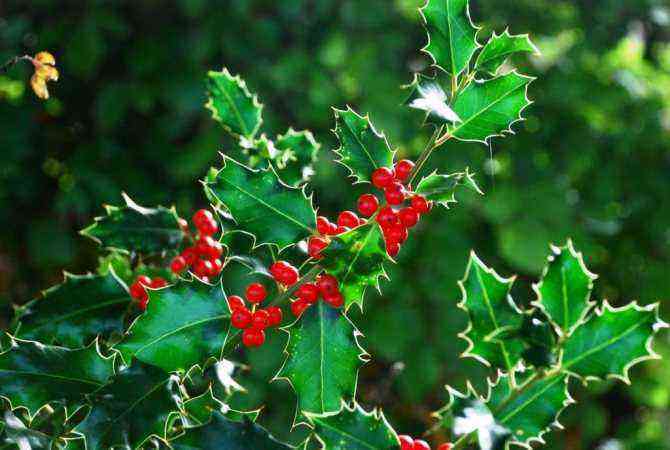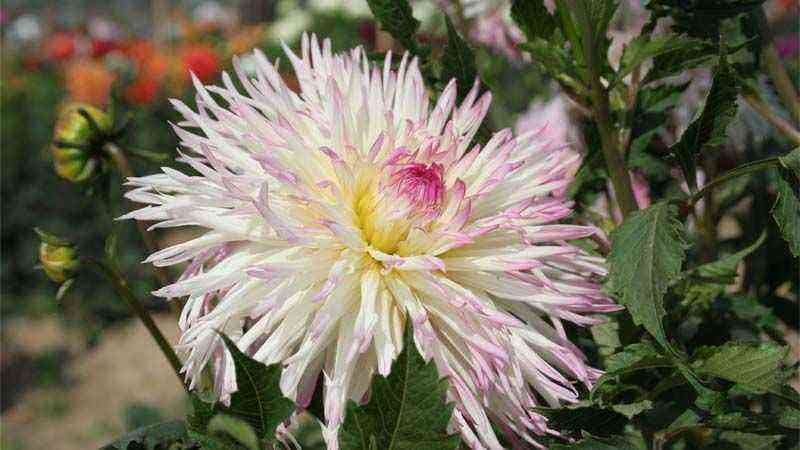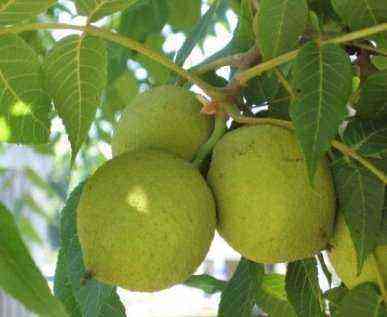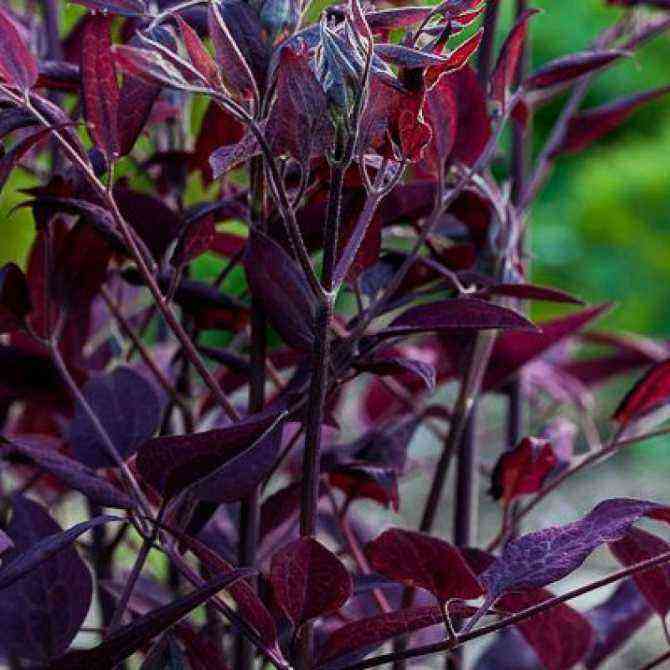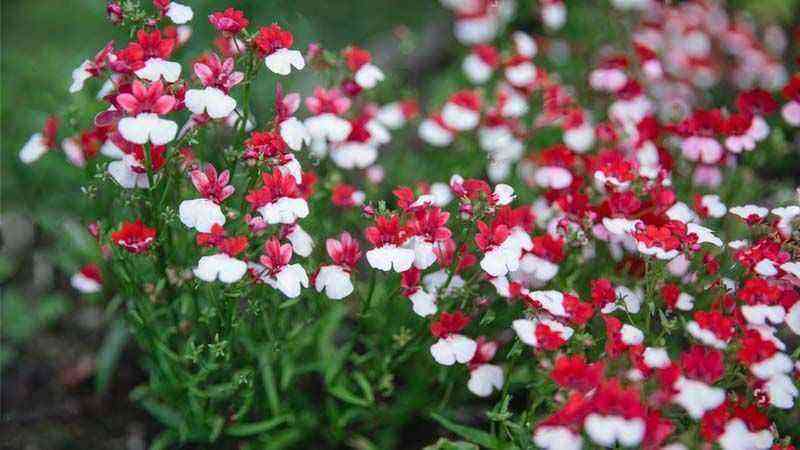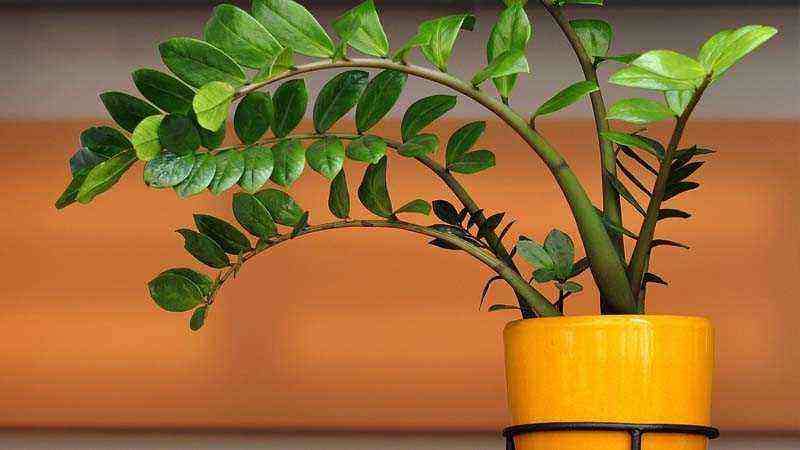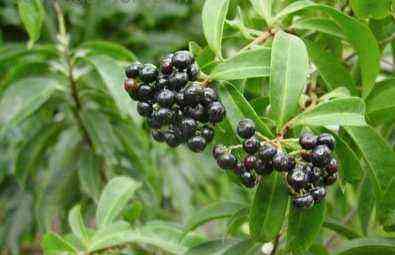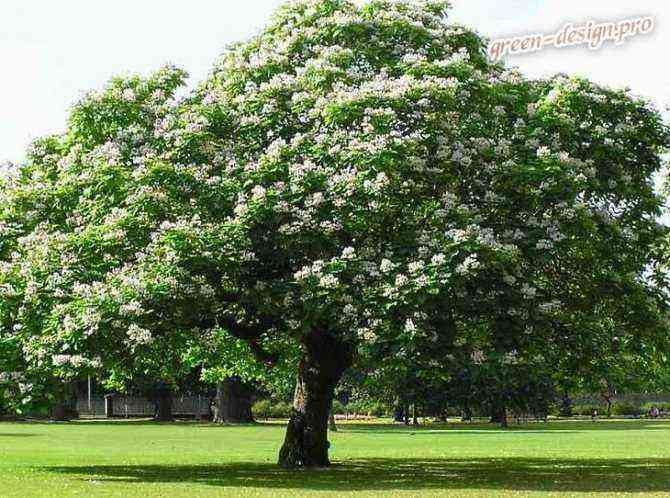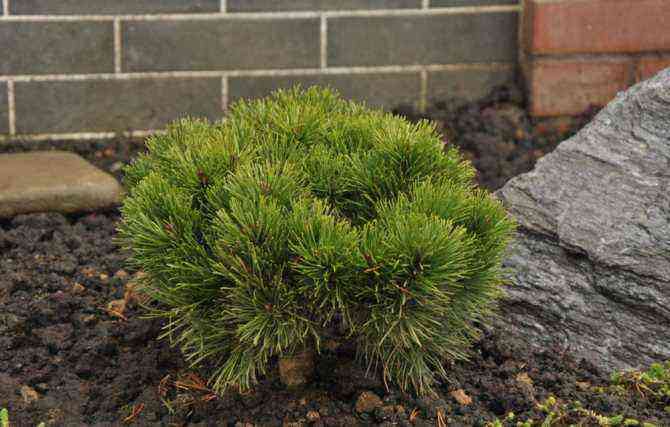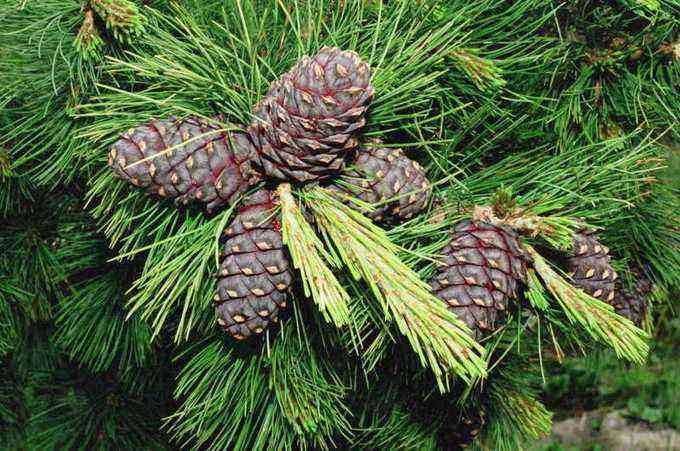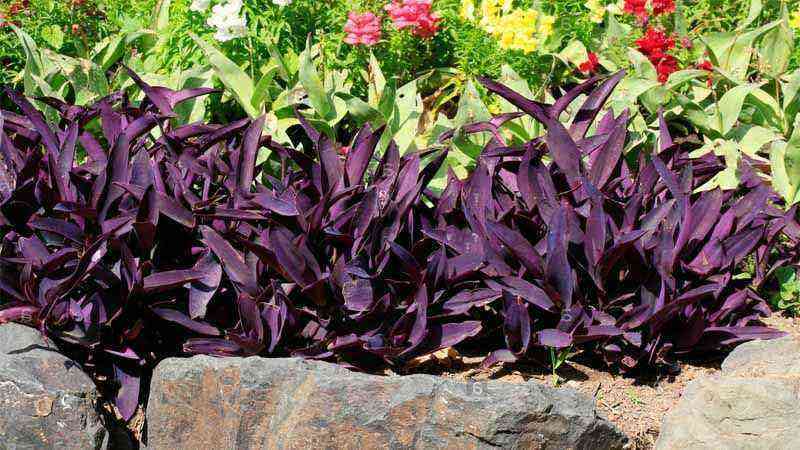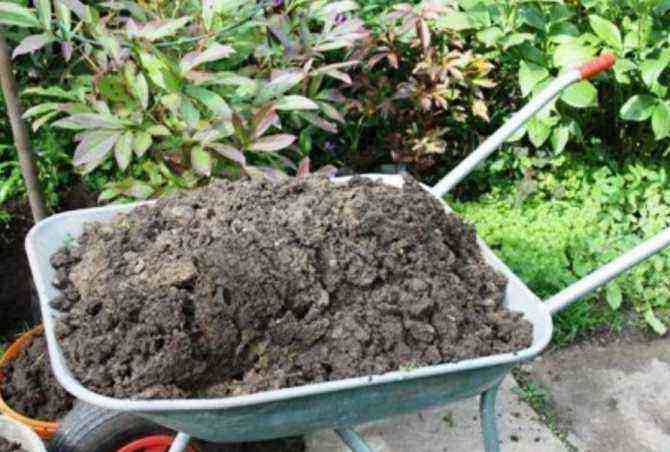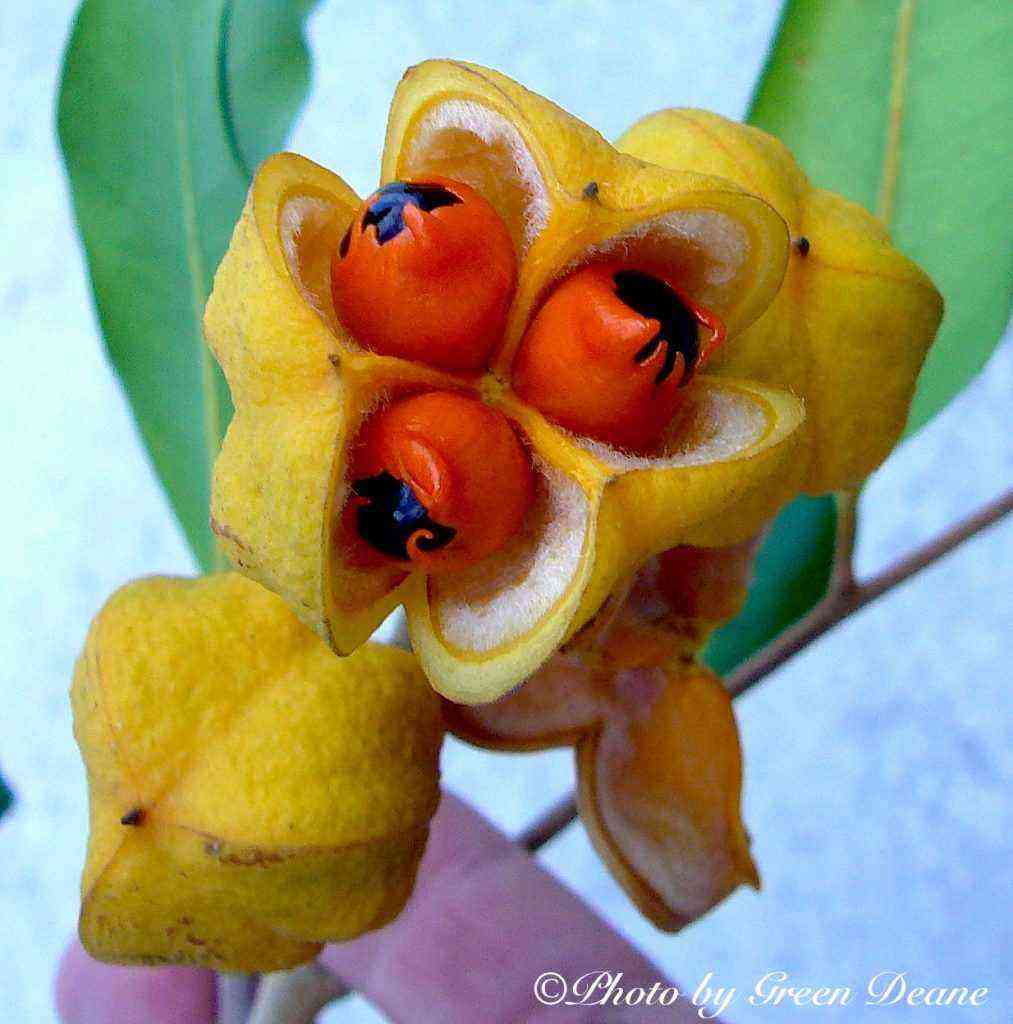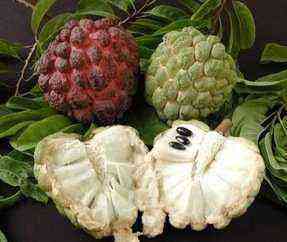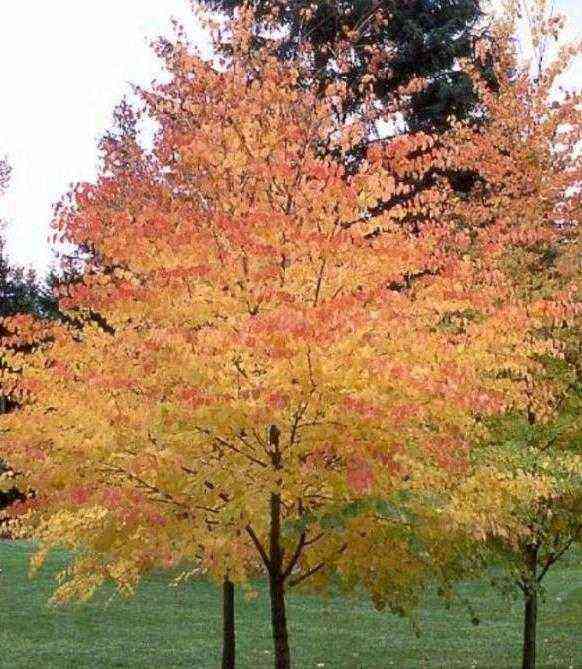Drunk stick It is a tree that commonly has several names: painera, bottle stick, pot belly or bottle tree. Its scientific name is Ceiba speciosa, although it was previously classified as Chorisia women.
Its origin is in South America (mainly in Argentina, Paraguay, Brazil, Bolivia and Peru) and its family is made up of more than 200 species. Drunken stick is common in hot climates and tropical or subtropical areas, so it is not recommended to plant it in cold places.
Main characteristics of palo borracho (Ceiba speciosa)
El gender Ceiba its composed of large trees since they can reach 25 meters in height. Physically, they have a soft wood trunk and have large flowers. His cup is very dense and with a rounded appearance. Green bark with gray tones and usually has conical spines.
It is ideal for beginners in gardening as it grows fast, resists the lack of water, supports pruning and is hardly affected by pests or diseases.
Although they are easy to care for trees, palo borracho grows to a large size. You have to plan the planting area and avoid nearby trees to avoid competition for space and light.
Drunken stick is a deciduous tree that loses its leaves with the arrival of cold (mid-autumn or winter). Its planting in city parks and gardens is quite common, so surely you have ever seen this type of tree.
Flowering time
The drunken stick usually bloom in spring or summer, although there are subspecies or cultivars that offer a later flowering.
Said flowers are of a pink or lilac tone at the tips, and a more warm tone like white towards the inside. As a curiosity, the nectar of these flowers is used to feed some birds of the Hummingbird species.
From its fertilized flowers some fruits inedible for humans. They have a size similar to that of a pea, of a dark greenish color with black seeds inside.
Morphology
Early in its development, Cortex del palo borracho is smooth greenish, but when it is old it begins to have grayish tones and greater roughness. Its branches are composed of elongated leaves that fall in the autumn or winter seasons, giving rise to new foliage.
Your trunk can measure 2 meters in diameter and its shape is bottle, hence it is commonly called as bottle tree. By having the trunk of that size, it is able to store water inside.
Best known species of Ceiba
Within the genus Ceiba we find 21 different species, but the most common from the ornamental point of view are Ceiba speciosa and the Country remarkable.
The appearance of both is very similar, which gives rise to frequent confusion. Botanically it is differ in several respects.
- Height: Ceiba beautiful It is shorter in height and the shape of the trunk is more similar to that of a bottle.
- Flowering: Ceiba speciosa It has larger flowers and its colors can be white or yellow. In addition, it has a smaller number of pages.
Drunken stick grow guide (Ceiba speciosa)
Irrigation conditions
As for the growing conditions, it’s a tree drought resistant. However, so that in adulthood it offers dense foliage and becomes a large tree, we will schedule a cycle of frequent waterings in summer.
Irrigation should be abundant in summer and much more moderate in winter. A common irrigation program can be the following:
- Watering in spring and summer: 3 irrigations per week.
- Watering in autumn and winter: 1 irrigation per week, with half as much water as in spring and summer.
It is usual to place between 1 and 2 drip irrigation emitters, with a flow rate of 4 L / h. In spring and summer, irrigations of 1 hour will suffice, raising or lowering a few minutes depending on the texture of the soil and the heat.
Subscriber
We can fertilize the drunken stick from the spring budding, where it returns to emit new leaves and stems coming out of the winter stop.
The most comfortable way to provide nutrients to the drunken stick is through solid fertilizers in the form of granules. We recommend a generic fertilizer composed of NPK 12-8-16 with micronutrients, since it is an ideal ratio to maintain any crop in general.
To improve its development and the characteristics of the soil, it is recommended to add at the end of winter 3 to 4 kg per tree of organic matter or compost.
Climatology
Su origin is tropical so it will not tolerate low temperatures. Its planting is recommended in areas with mild winters, typical of the Mediterranean or coastal areas (where it is commonly used).
It’s a tree demanding in lighting. Given its rapidity of growth and the great height it reaches, we need to find an isolated and spacious space in the garden with high light input, free of walls and obstacles that generate shade.
Pruning guide
A pruning in winter during the first years of life, although it can be pruned in any season of the year due to its strength and vigor.
It is advisable to cut the tips of the branches, leaving shoots in the direction we want, as well as to remove twisted or wind-damaged branches.
Drunken stick multiplication
The easiest way to obtain new species of palo borracho is through seeds. Once the fruit is ripe, the seeds are obtained that can be sown directly without any additional treatment.
These seeds are produced only by adult specimens.
Multiplication by cuttings
Another way to reproduce a specimen of palo borracho is by cuttings, which must be about 20 or 30 centimeters. This system is somewhat more complicated than the simple germination of its seeds, since to produce new roots in the semi-woody stems we must carry out some stimulating treatments with hormonal bases.
If you are starting out in gardening and do not want major problems, the multiplication of the drunken stick by seeds will be ideal. Slower, but safe.
